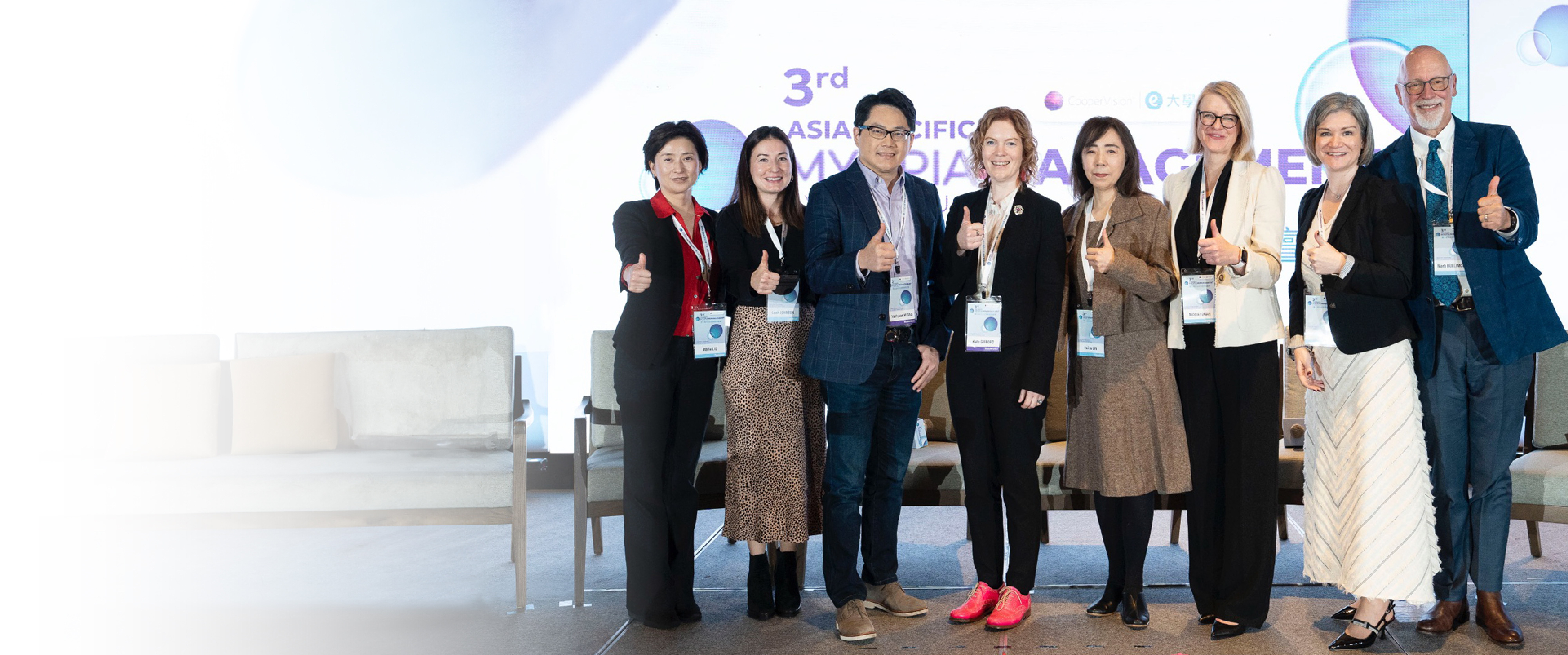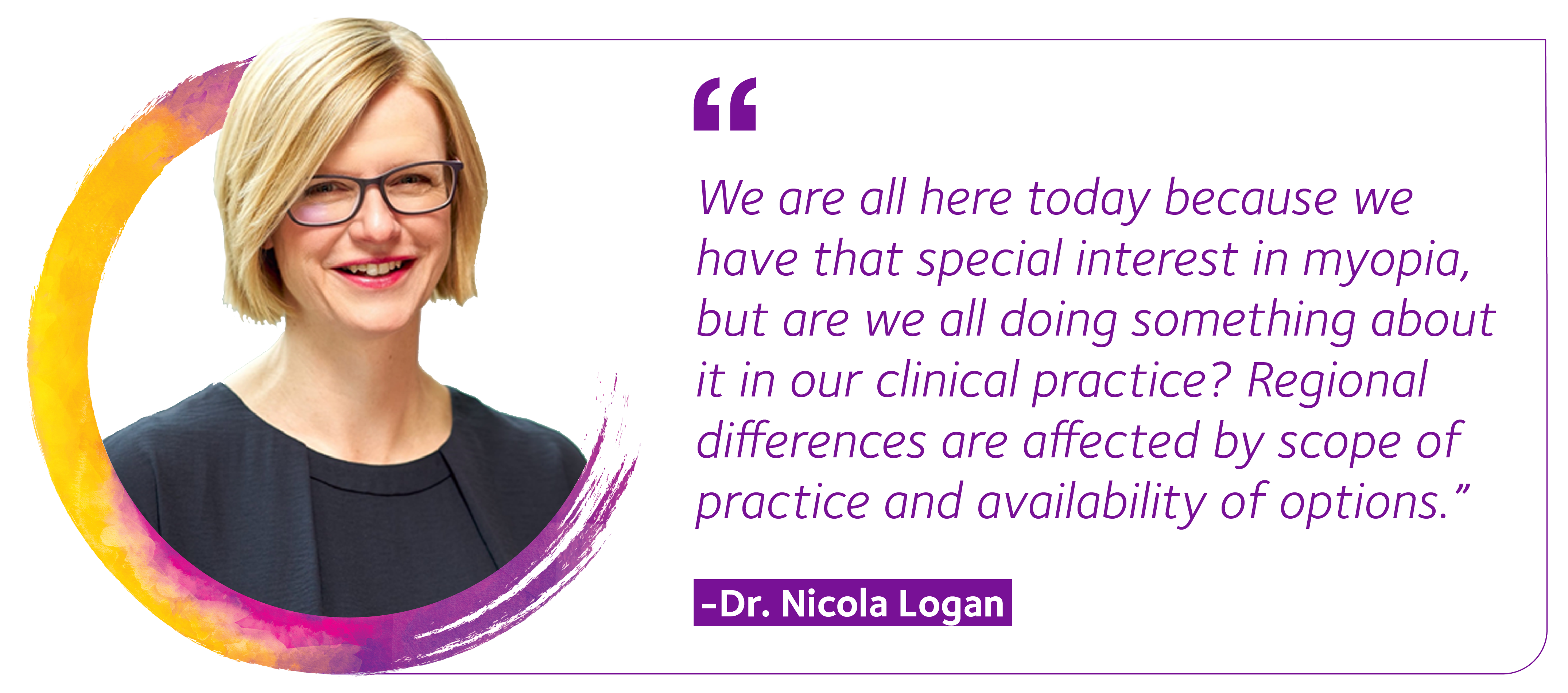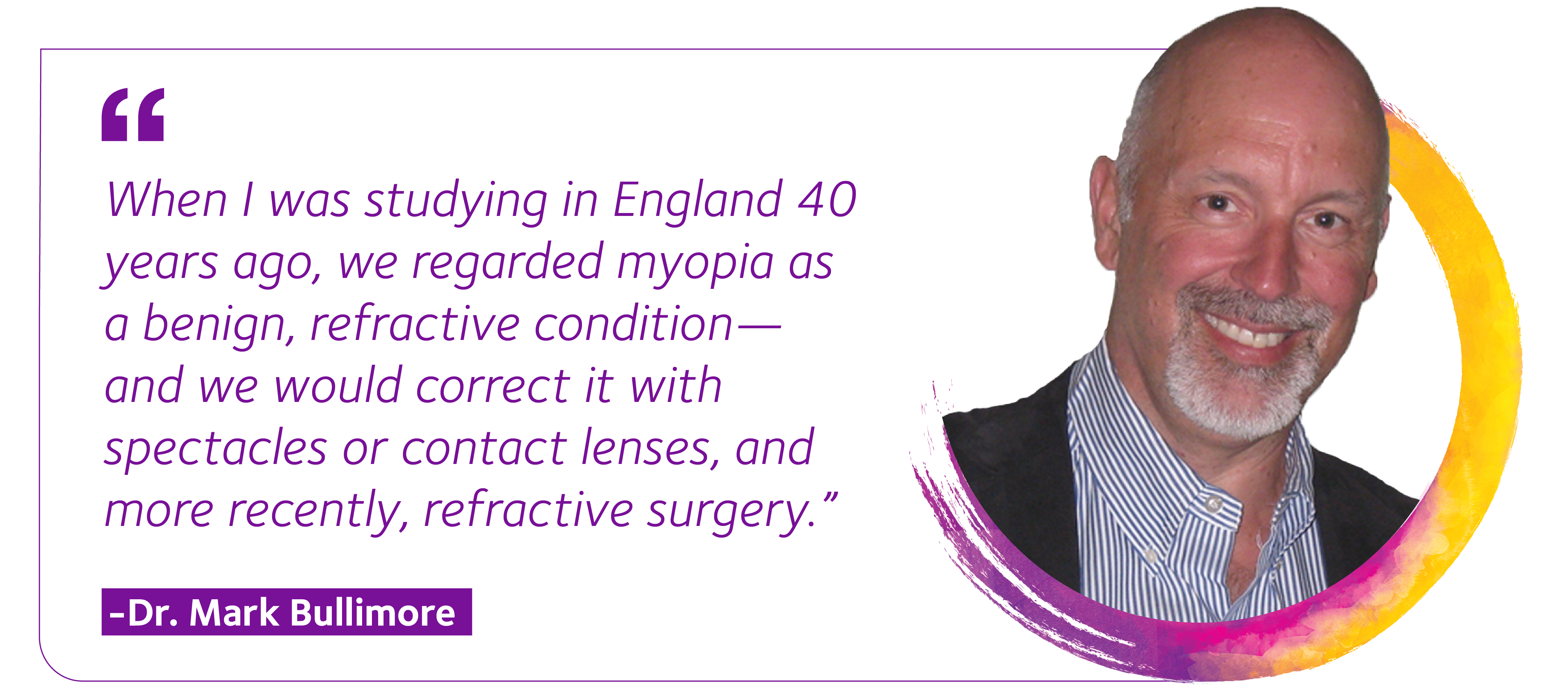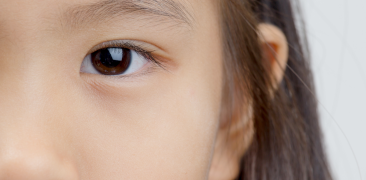Early Intervention is Key –
The Axial Length and Genetic Connection
Dr. Tzu Hsun Tsai (Taiwan) took the podium next, presenting findings from the first comprehensive study of axial length among children in Taiwan. “We established the first Taiwanese population-based percentile curves of axial length in children, which may help in assessing an individual’s health status and predicting the probability of myopia,” said Dr. Tsai. Specifically referencing change of axial length percentile as an indicator of myopia progression, Dr. Tsai reported that these factors can be useful in charting myopia progression throughout the young population. She noted, however, that these data points are population - and time specific, and their use may not prove useful when applied generally. “The region-specific characteristics served as reference and helped in tailoring anti-myopia strategies,” she explained. Furthermore, Dr. Tsai added that in a cohort of orthokeratology lens users, axial length percentile change rate in addition to baseline spherical equivalent, best estimate myopia progression.
Dr. Ninomiya Sayuri (Japan) and Dr. Pei Chang Wu (Taiwan), each focused on different aspects of childhood myopia development. Dr. Sayuri focused on the pathogenesis and mechanism of the condition, while Dr. Wu’s lecture was primarily concerned with risk factors and potential preventions. Dr. Sayuri posited that genetic components may underlie childhood myopia – pathological myopia—and that this may one day hold the key to finding a cure for the condition. Dr. Sayuri walked the audience through the three main areas for myopia control: optical, pharmacological and environmental control. Also, she brought some good news — that MiSight® [CooperVision’s 1 day soft contact lenses for myopia control] is finally undergoing clinical trials in Japan—the first on-label trial for myopia control in the country. “So, for me, prescribing single-vision glasses to myopic kids is like giving a poisonous apple to them. I feel guilty when I know there is a better option,” shared Dr. Sayuri.
Dr. Wu spoke on the great importance of outdoor time for children as a preventative measure, as well as the correlation between other factors like physical activity and living environment, and myopia development. He also highlighted the prevalence of “quarantine myopia” during the COVID-19 pandemic, which was exacerbated by increase of screen time and lack of outdoor time. He went far back to the concept of pre-myopia – a state of low hyperopia reserve in children—to serve a poignant reminder to the audience regarding the critical role of the environment in influencing myopia progression.
All of these speakers brought together one central theme — the critical importance of myopia care and prevention among young patients in order to control the condition.











